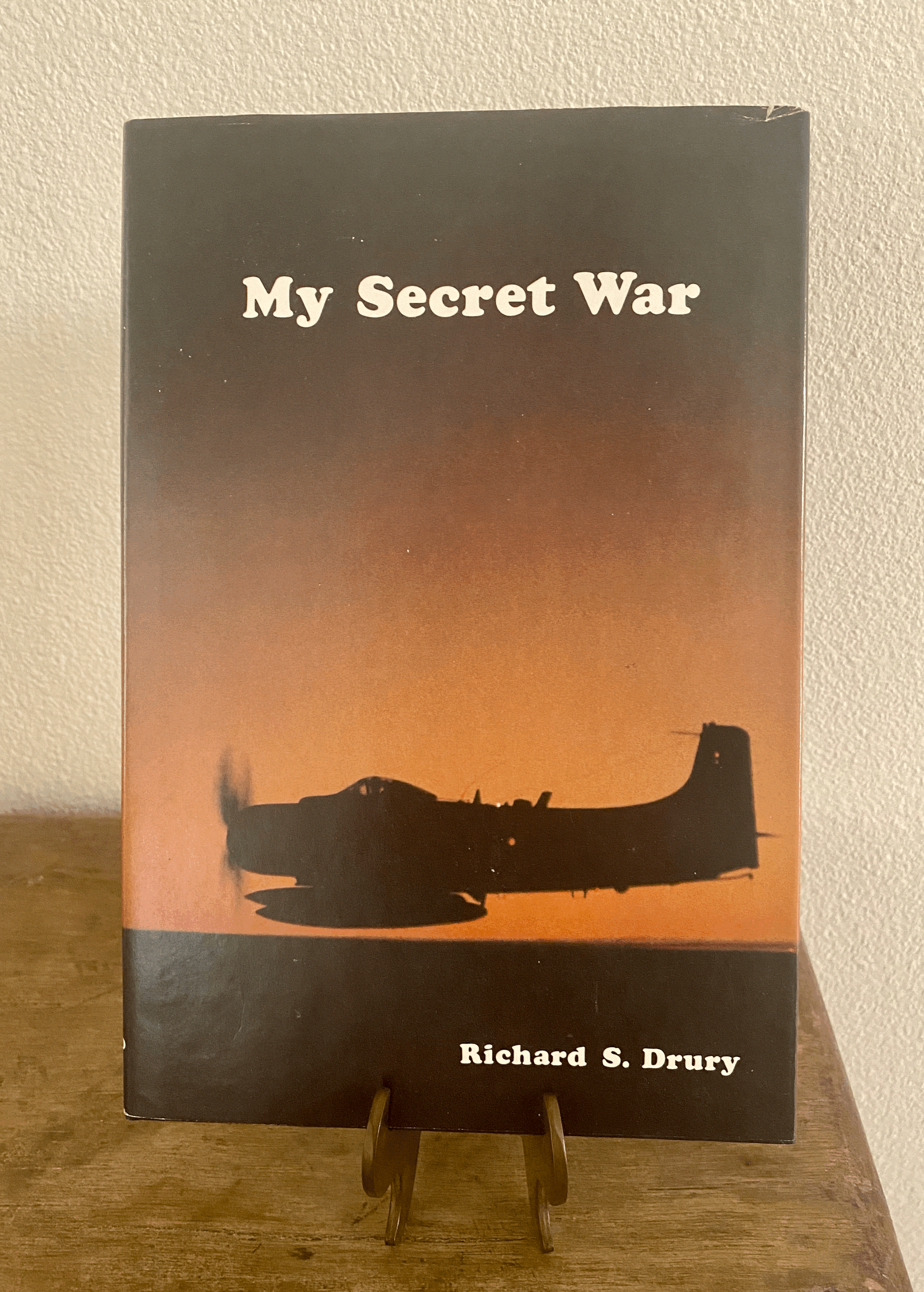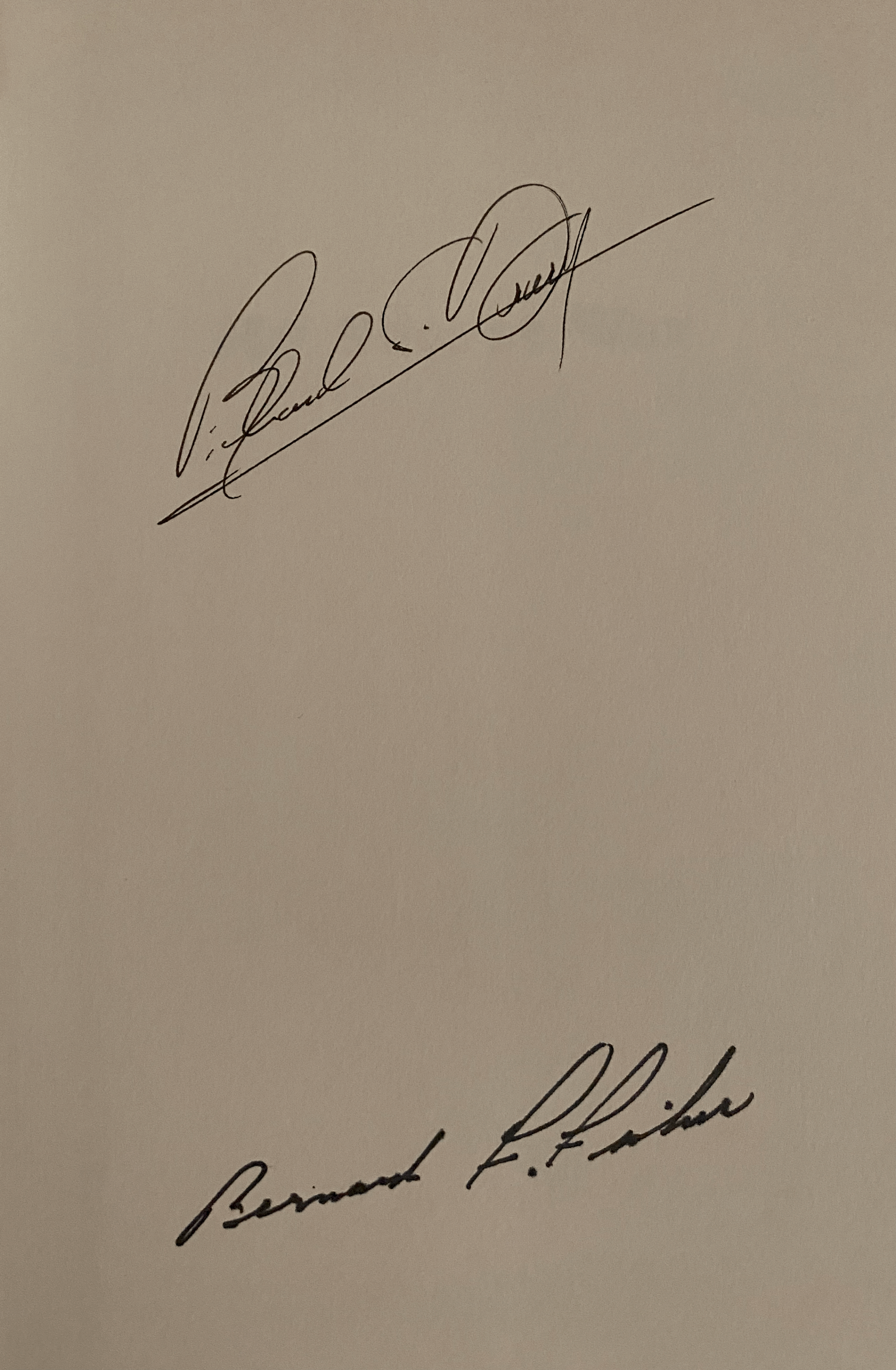My Secret War
My Secret War
Richard S Drury was born in Burbank California on October 22 1943. Drury started flying sailplanes in 1958 at El Mirage, Calif, first soloing in 1959. He was commissioned a 2d Lt in the U.S. Air Force through the Air Force ROTC program at the University of Southern California on July 30, 1965, and went on active duty beginning October 16, 1965. Lt Drury next completed Undergraduate Pilot Training and was awarded his pilot wings at Williams AFB, Arizona, in Oct 1966. This was followed by assignment as a B-52 pilot with the 340th Bomb Squadron at Blytheville AFB, Arkansas, from March 1967 to December 1968. He then attended A-1 Skyraider Combat Crew Training from January to May 1969. Capt Drury served as an A-1 pilot with the 1st Special Operations Squadron at Nakhon Phanom Royal Thai AFB, Thailand, from May 1969 to May 1970, followed by service as a B-52 pilot with the 23rd Bomb Squadron at Minot AFB, North Dakota, from July 1970 until he left active duty on October 16, 1970. He retired as a Major. This book "My Secret war" is primarily about his Vietnam War experiences. During which he was a A-1 Skyraider pilot, flying 220 combat ground support missions and winning the Silver Star and four Distinguished Service Crosses, among other decorations. He left active duty on October 16, 1970. as a Major. Drury served with the California Air National Guard from 1975 to 1981, where he served as a C-130 Hercules pilot. He then flew for Flying Tiger Line 1989, and with Federal Express until his retirement in 2003.This has a second signature as shown in picture, signed by Bernard F Fisher
Bernard Francis "Bernie" Fisher (January 11, 1927 – August 16, 2014) was a United States Air Force officer and a recipient of the U.S. military's highest decoration, the Medal of Honor. He was the first Air Force member to receive the medal in the Vietnam War. On March 10, 1966, Major Bernard F. Fisher took off in an A-1E Skyraider from Pleiku, South Vietnam, to fly a routine bombing and strafing mission. Soon after taking off, he was diverted to Ashau, where a Special Forces camp was under heavy attack by 2,000 North Vietnamese troops.The A-1Es were making strafing runs against the attacking troops when one of the aircraft was hit by ground fire. The pilot crash landed on the airstrip at the camp, and ran from his burning plane to seek refuge down an embankment. With enemy troops all around him, it appeared certain that he would be captured before a rescue helicopter could reach him.Major Fisher, quickly realizing his fellow pilot's predicament, made a perilous landing on the airstrip. The steel planking runway was torn up and littered with debris. As he taxied under fire, Major Fisher saw the downed pilot dashing from his hiding place. The A-1E stopped and he clambered aboard. Dodging shell holes and debris, Major Fisher took off safely despite many hits on his aircraft by small arms fire.The rescue at A Shau was similar to an event that occurred on August 4, 1944, during World War II. On that date, an P-38 piloted by Captain Richard "Dick" Willsie (1920–2013) was damaged by flak near Ploiesti Romania. After both engines failed, Willsie crash-landed but was rescued from capture when Flight Officer Richard "Dick" Andrews (1924–2007) landed his P-38 on the field, squeezed Willsie into the cockpit, and flew back to base. By remarkable coincidence, both Willsie and Andrews were also involved in the A Shau rescue. Willsie was the commanding officer of the 602nd Air Commando Squadron to which Myers was assigned, and Andrews flew top cover during the entire rescue.]Fisher had earned a Silver Star the day before while flying support for the same battle. Fisher returned to the United States, and, on January 19, 1967, was awarded the Medal of Honor by President Lyndon B Johnson.
This book is signed by Richard S Drury and Major Bernard F Fisher.

